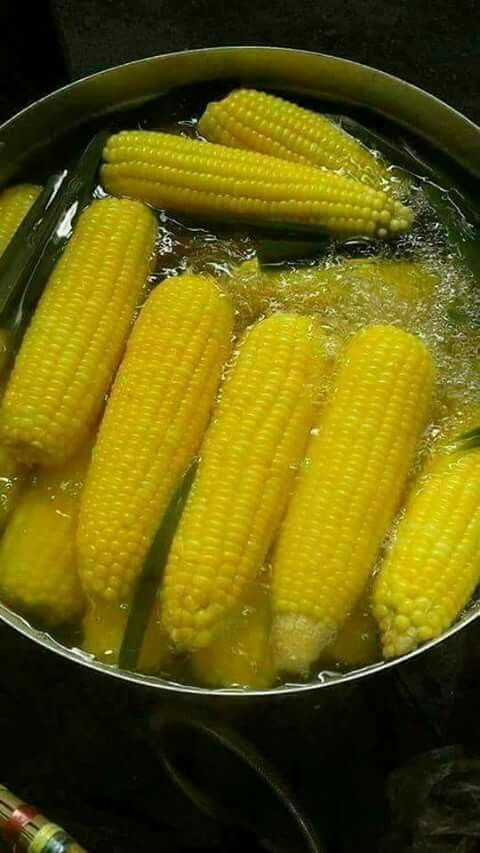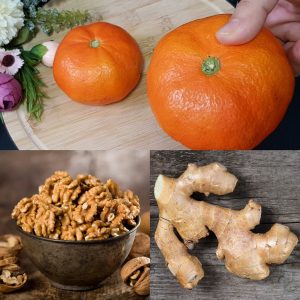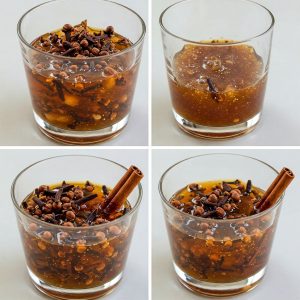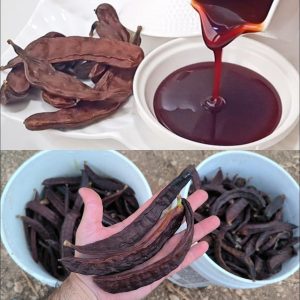
Boiling corn on the cob is a beloved summer tradition, perfect for backyard barbecues and family dinners. However, if you’ve been boiling your corn directly in water, you might not be making the most of this seasonal treat. Many people add sugar to enhance the corn’s sweetness, but there’s a better way to bring out the natural flavors of your corn without any additives. Let’s explore a healthier method that maximizes sweetness and preserves the delightful texture of corn.
Why Not Just Water?
Simply boiling corn in plain water can sometimes strip it of its natural sugars and flavors. The key to enhancing the corn’s natural sweetness lies in the cooking technique rather than adding ingredients like sugar.
Ingredients and Tools:
Fresh corn on the cob, husks and silks removed
Large pot
Water
Salt (optional, but can be omitted for a completely natural taste)
Step-by-Step Guide to Boiling Corn:
1.Prepare the Corn:
Begin by carefully removing the husks and silks from each ear of corn. Give them a quick rinse to remove any residual dirt or silk.
2.Boil the Water:
Fill a large pot with enough water to cover the corn completely. Bring the water to a rolling boil.
3.Cooking the Corn:
Once your water is boiling, gently place the corn in the pot. Allow the water to return to a boil, then turn down the heat slightly to maintain a strong simmer. Cover the pot and let the corn cook for about 5-7 minutes.
4.Check for Doneness:
The cooking time might vary slightly based on the corn’s freshness and size. Start checking at 5 minutes to ensure you don’t overcook it. The kernels should be bright yellow, plump, and tender.
5.Serving:
Use tongs to remove the corn from the water and let it drain briefly. Serve the corn hot, as is, to really appreciate the natural sweetness and crisp texture. If desired, you can season lightly with butter or salt, but try tasting it plain first to enjoy the natural flavors.
Tips for the Best Boiled Corn:
Freshness is Key: Use the freshest corn you can find. Corn is sweetest immediately after it’s picked, as the sugars begin converting to starches the longer it sits.
Avoid Overcooking: Keep the cooking time short to prevent the kernels from becoming tough and to preserve their juicy sweetness.
Seasonal Enjoyment: Take full advantage of corn’s peak season, which usually runs from midsummer to early autumn.
By boiling your corn using this method, you’ll enjoy the full natural flavor of fresh corn without the need for sugar or other additives. This technique not only highlights the vegetable’s inherent sweetness but also turns a simple side dish into a healthy, delightful highlight of your meal. Enjoy your beautifully boiled corn with its full array of natural flavors!





